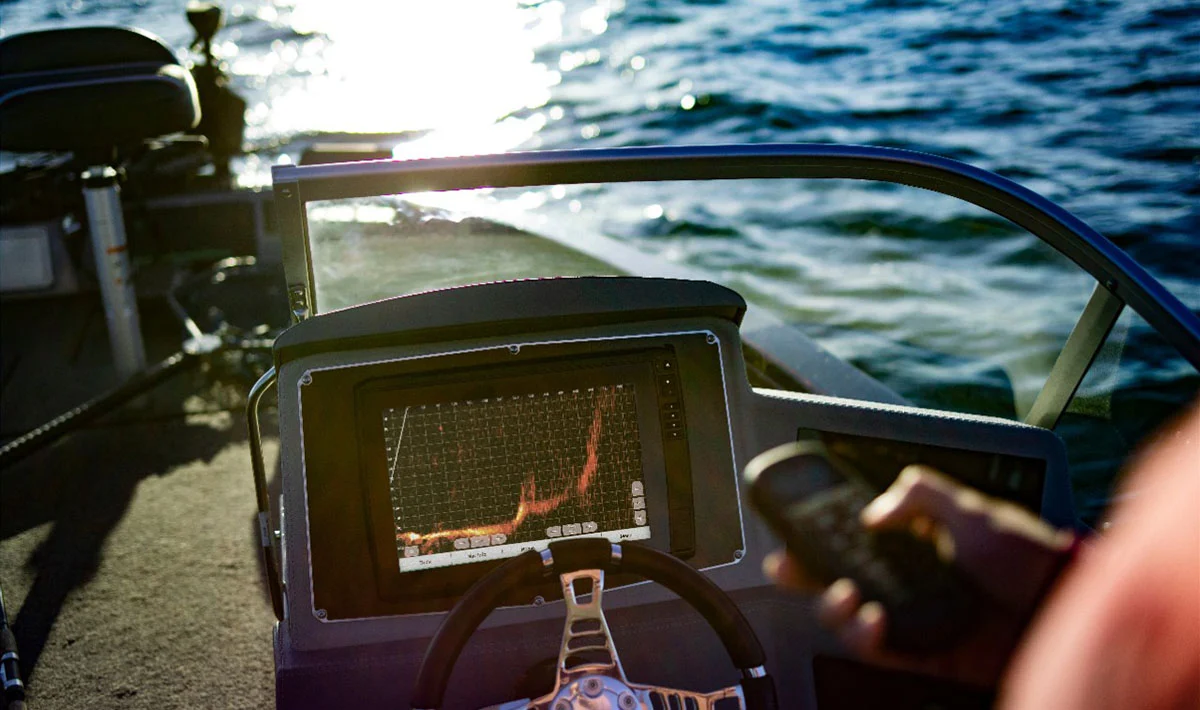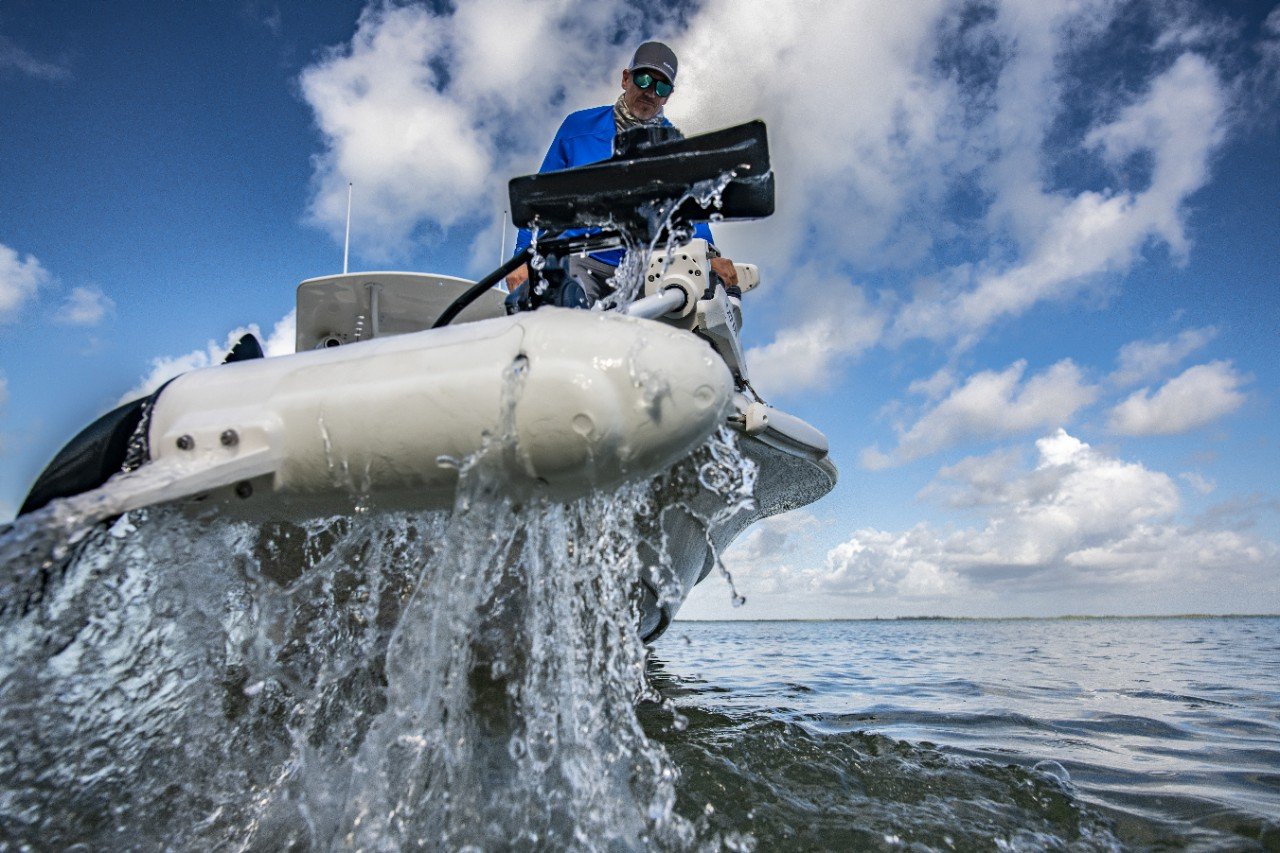
Which Garmin Chartplotter Should I Pair with My LiveScope
When shopping for chartplotters that will work well with your LiveScope unit, there are three factors to consider.
Garmin LiveScope™ sonar technology has changed the way we fish. The forward-facing sonar allows you to see exactly what’s happening under the water in real time, from the point your lure drops in to the moment the fish decides its curious enough to take a bite. Nine out of the top 10 2022 Bassmaster Classic finishers used LiveScope, and you’ll want to do the same if you ever want bragging rights again.
That said, LiveScope doesn’t operate on its own. The chartplotter you pair it with is where you’ll get that real-time picture — and how you’ll cash in on that crystal clarity that LiveScope can provide. Wondering exactly which Garmin chartplotter you need to get the most out of your LiveScope? Here’s what to focus on when shopping.
1. Resolution
“Resolution plays a big component. A higher resolution unit gives a better picture. Which is, of course, the point of using LiveScope technology in the first place. The better you can see the sonar returns, the better chance you have of success. For the highest resolution, consider the GPSMAP® 8600 series. At 1920 x 1200 pixels, the resolution is top-notch.
At 1280 x 800 pixels, the ECHOMAP™ Ultra series is also a contender that plays well with LiveScope — and those looking for a still-impressive resolution at a lower price point might consider the ECHOMAP™ UHD2 9” with 1024 x 600 pixels.
2. Screen Size
Hand-in-hand with a high resolution is, of course, a screen big enough to see it. Screen sizes can be a matter of personal preference, as well as a matter of practicality when taking into consideration your budget and the size of your boat. A general rule of thumb is that bigger is better when it comes to being able to see below the surface in maximum clarity and detail using the sonar returns LiveScope is showing you. Garmin chartplotter screen sizes range from 5” (the ECHOMAP™ UHD2 6”) up to 24” (the GPSMAP® 8624), so there’s sure to be the perfect screen size for everyone.
3. Installation and Wiring of your LiveScope
If you want to get the most out of your LiveScope unit, proper installation is key. You’ll need to have good wiring, says Garmin marine sales manager Dowe Thornton. “Back in the day when LiveScope came out, these bass boats were running 12-gauge wire from the bow to the batteries, and that’s efficient enough for running lights and a bilge pump and a battery here and there, but you can’t get enough power and volts out of LiveScope,” says Dowe.
“We recommend two things: Good, marine-grade wire, and good wire size too. We recommend a 10-gauge wire now running from the bow to the back, and you need that for good picture quality. You’re going to get degradation in that resolution if you don’t have good wire.” Sometimes, he says, people try to take an easy way out when it comes to wiring, tempted by a lower price tag and not fully understanding the importance.
“If you’re looking for 15’ of wire,” says Dowe, “you really have to buy wire for a 30’ run, because that current goes to the battery and back to the unit. So it may be 15’ from where the LiveScope is mounted to the battery source, but it’s really a 30’ run. I hear that a lot, especially from the installation pros.”
And there you have it. If you’re looking for the perfect chartplotter to pair with your LiveScope, look for a combination of good resolution and a screen size that fits both your budget and your boat — and make sure you’ve got the right wiring and battery to go with it.




